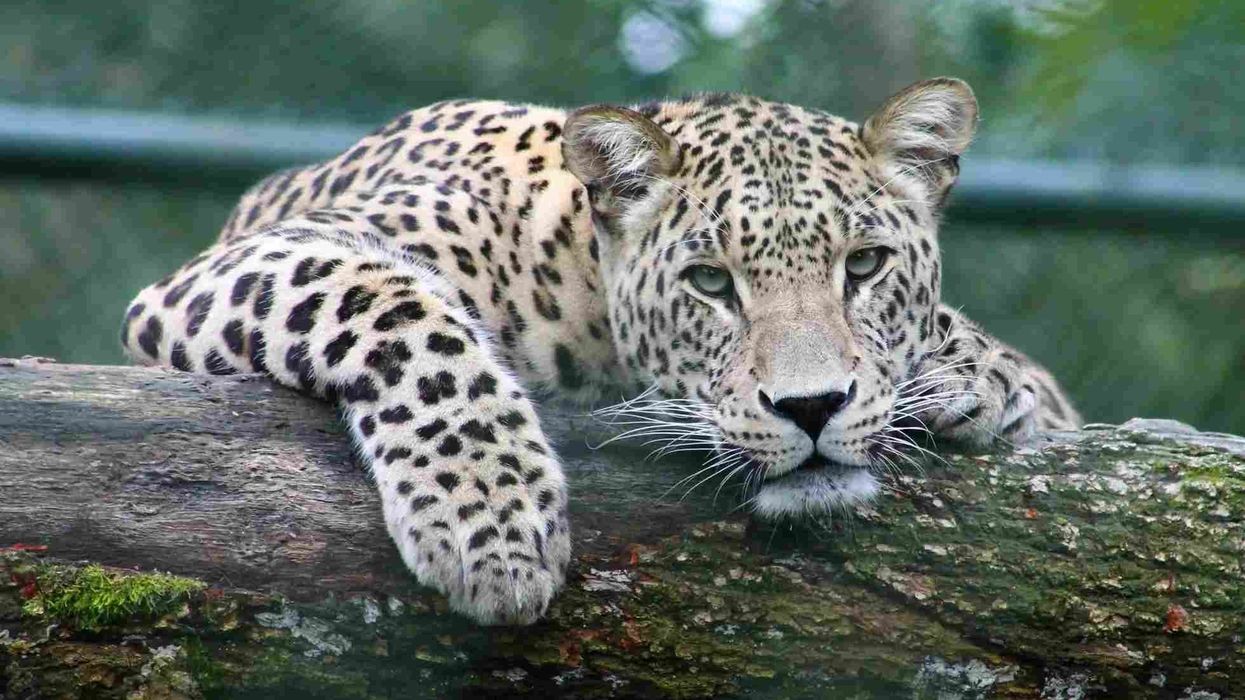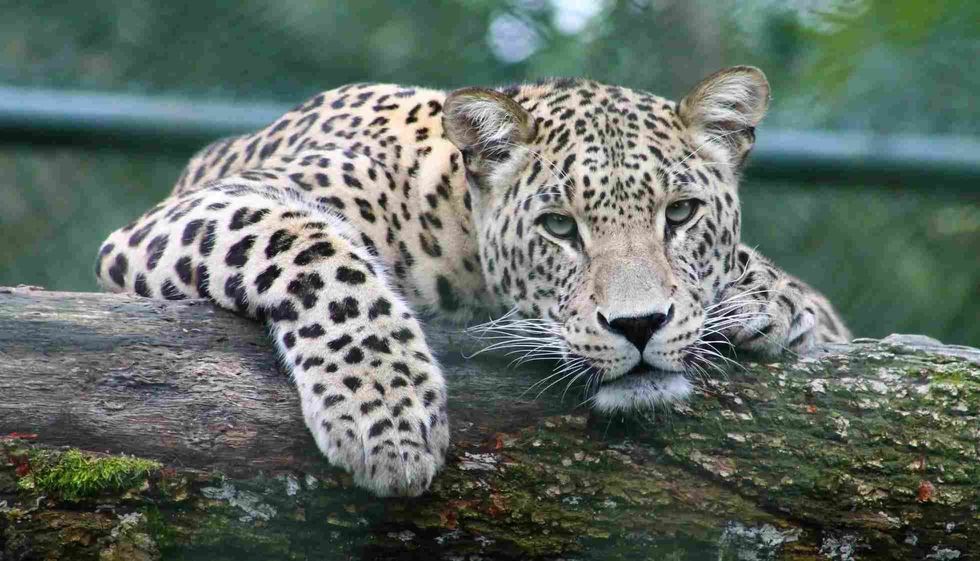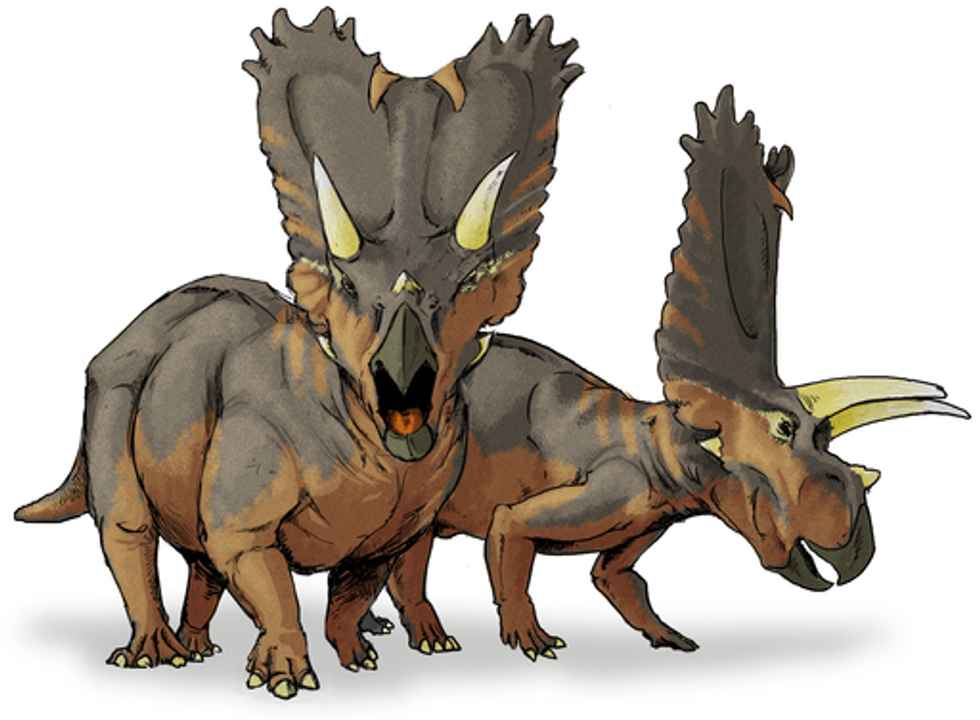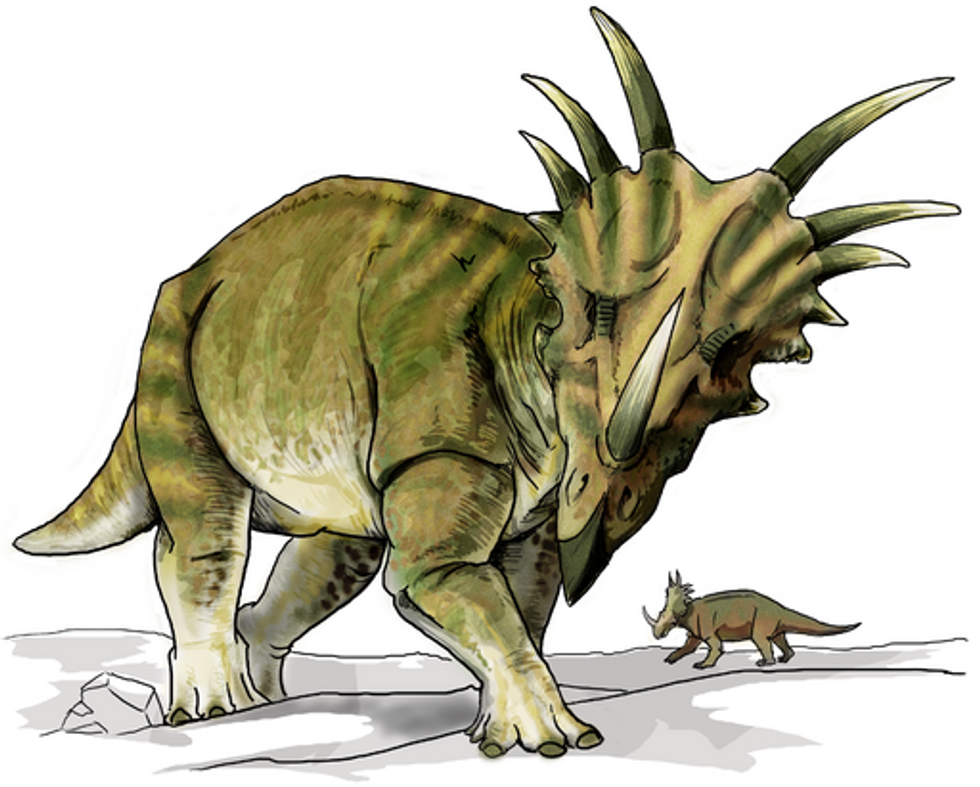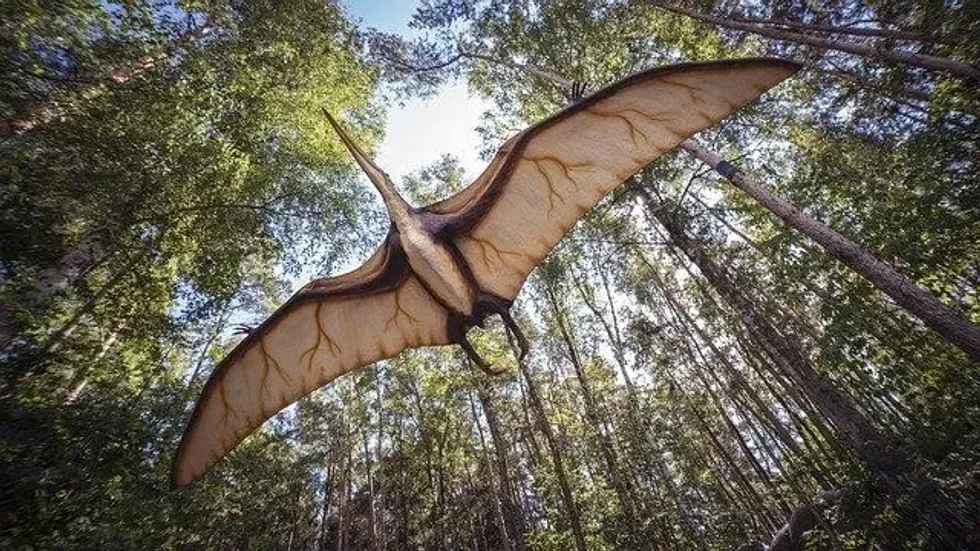The scientific name of Amur leopards is Panthera pardus Orientalis. They belong to the Family: Felidae, Kingdom: Animalia, Phylum: Chordata, Class: Mammalia, Order: Carnivora, and Genus: Panthera. They are a leopard subspecies belonging to the Primorye region of south-eastern Russia and northern China.
Amur leopards are on the verge of extinction due to the significant environment eradication from business logging, cultivating, illicit chasing, and human obstruction. They are defenseless against destruction because they have a lower level of hereditary variety.
Amur leopards are endangered due to inbreeding, poaching, loss of habitat, climatic conditions, and decline of prey species. As per IUCN, Amur leopards are listed as Critically Endangered.
They are mainly endangered due to poaching for their coat, and habitat loss. Amur leopards are known to be hunted on a large scale for their beautiful spotted fur, which is highly unfortunate.
They are adapted to a cold climate by having thick fur that grows up to 2.9 in (7.5 cm) in the winter. The rosettes of the Amur leopards are widely spaced and are larger than those seen on other leopards.
World Wildlife Fund is a nonprofit charitable organization that supports anti-poaching activities within the whole leopard habitat in the Russian Far East. World Wildlife Fund (WWF) executes programs to stop the trafficking of Amur leopard parts, and to help build up the number of the Amur leopard species.
Here on our page, we have lots of facts about the Amur leopard that everyone will enjoy. Let's have a look at these interesting facts and if you do like these, then do read our Canada Lynx and leopard cat facts.
Amur Leopard Interesting Facts
What type of animal is an Amur leopard?
Amur leopard (Panthera pardus) is a subspecies of the leopard.
What class of animal does an Amur leopard belong to?
Amur leopards belong to the class of Mammalia.
How many Amur leopards are there in the world?
There are only around 100 Amur leopards left in the wild right now. The Amur leopard population had decreased to a small population of about 80 individuals in 2018. Due to continuous efforts by experts, the population has now risen to 100.
Where does an Amur leopard live?
Amur leopards live in extreme environments in a small range along the Russian Far East-Chinese border.
What is an Amur leopard's habitat?
Almost the entire population of Amur leopards inhabit Russian forests. They live in a small range along the Chinese-Russian Far East border.
Who do Amur leopards live with?
The Amur leopard is a solitary animal and loves spending time alone. They spend time in pairs only during mating or whilst raising their young.
How long does an Amur leopard live?
Amur leopards can live up to 21 years in captivity, although their life span in the wild is about ten to 15 years.
How do they reproduce?
Female Amur leopards reach sexual maturity and can first breed at three years of age. Their gestation period ranges from about 90 to 105 days. Amur leopards live in extreme conditions, this means it can take longer for an Amur leopard adolescent to reach independence than it does for the other leopard subspecies.
What is their conservation status?
Amur leopards are Critically Endangered. They are among the world's rarest species of leopards.
There are some conservation efforts done by Russia. It has established a Land Of The Leopard National Park, which has been critical in seeing the population size of Amur leopards more than triple between 2000 and 2018.
In the future, Amur leopards could be released from captivity into the wild to continue expanding the species territory which may help the species to survive threats like inbreeding due to their limited population.
There are some conservation efforts done by organizations like World Wildlife Fund and the Amur Leopard And Tiger Alliance. The Amur Leopard And Tiger Alliance (ALTA) is an initiative of Russian conservation organizations to conserve the Amur leopard and Amur tiger.
It works in co-operation with local, regional, and federal government and non-governmental organizations. It protects the region’s biological wealth through conservation, local community involvement, and sustainable development
ALTA also consists of four anti-poaching teams, altogether there are 15 members in the Amur leopard range who monitor the Amur leopard population through camera trap counts and snow track counts. They monitor and analyse the impact of fires on the Amur leopard habitat and help fight the forest fires. It also supports hunting leases and recovery programs.
Amur Leopard Fun Facts
What do Amur leopards look like?
Amur leopards (Panthera pardus orientalis) are covered by 'rosette' markings across their coat, just like all other leopard subspecies. In the winter, its coat becomes paler than other subspecies because they mostly live in the northern environment.
The coloration on leopards tends to vary with their surrounding environment. During winter their coat grows about 2.75 in (7 cm) to insulate the Amur leopard, as temperatures in their habitat that can reach -24 f (-30 c).
How cute are they?
Amur leopards are wild animals that are native to the Primorye region of Southeastern Russia and Northern China. They are carnivores that live on a diet mainly consisting of roe deer, sika deer, and other small mammals such as rodents, squirrels, and hares.
Therefore, they are cute to look at from afar, but considering how majestic and wild they can get, they aren't so cute from up close.
How do they communicate?
Amur leopards are mainly solitary and active at night. They communicate through a distinctive rasping bark-like noise rather than a growl.
How big is an Amur leopard?
Amur leopards are small in size when compared to other subspecies of leopards. Males range from 42- 54 in (107-136 cm). Males weigh between 70-100 lb (31-45 kg) while females are smaller and weigh between 90-95 lb (40-43 kg). Amur leopards are probably considered the rarest big cat in the world.
How fast can an Amur leopard move?
An Amur leopard can run-up to the speed of 37 mph (59 kmph) just like other leopards. This animal is solitary, nimble-footed, and strong.
They carry, as well as hide, their unfinished kills so that it cannot be taken by other predators. Amur leopards have a leap of more than 19 ft (5.7 m) horizontally and almost up to 10 ft (3 m) vertically.
How much does an Amur leopard weigh?
A male Amur leopard's weight ranges between 70-100 lb (31-45 kg). Females are comparatively smaller and their weight ranges between 90-95 lb (40-43 kg).
What are the male and female names of the species?
The male is called an Amur leopard and the female is called an Amur leopardess.
What would you call a baby Amur leopard?
The baby of an Amur leopard would be called an Amur cub or pup.
What do they eat?
Amur leopards are carnivores. Their diet mainly consists of roe deer, sika deer, and other small mammals like rodents, squirrels, and hares. An Amur leopard is a solitary hunter who traps its prey by using bursts of energy, which include incredible their leaping ability with speeds up to 37 mph (59 kmph).
Are they dangerous?
Amur leopards (Panthera Pardus Orientalis) are wild animals, and a dangerous subspecies living in the temperate forests of far eastern Russia. They have an incredible leaping ability ranging up to 37 mph (59 kmph) and catch their prey with eruptions of energy.
They also have sharp teeth and can attack with feeling threatened, so it is not advised to get up close with this species.
Would they make a good pet?
No, they are wild animals. They cannot be confined to domestic living. The conditions that they live in is difficult for humans to survive, therefore, humans and Amur leopards cannot live together. Besides, they are critically endangered, and it is forbidden to keep them at home.
Did you know...
The Amur leopard is considered to be the rarest big cat on Earth. The Amur leopard possesses 'denticles' or tiny hooks on its tongue which allows the leopard to lick the bones of its prey and collect even more meat.
The Amur leopard has some very recognizable features. The rosettes of Amur leopards are more widely spaced and larger than those seen on other leopards.
One of the most interesting Amur leopard facts is that no other animal hunts the Amur leopard, however, it does compete with the Amur tiger for prey and habitat. Humans are the only hunters of the Amur leopard.
What are Amur leopards known for?
Amur leopards are known to be hunted on a large scale for their beautiful, spotted fur. They are adapted to a cold climate by having thick fur that grows in order to keep them warmer during the winter. They are also known for being one of the rarest cat species.
Why are Amur leopards going extinct?
Amur leopards are on the verge of extinction because of the major habitat destruction from commercial logging, farming, illegal hunting, and human interference. Other major reasons why Amur leopards are endangered include inbreeding, poaching, habitat loss, climatic conditions, and decline of their prey species.
IUCN has listed Amur leopards as Critically Endangered. Amur leopards are endangered mainly due to poaching for their coat. This species was once lived across the Korean peninsula but they were believed to have gone extinct in the 1960s.
There are some conservation efforts done by Russia. It has established a Land Of The Leopard National Park.
Amur leopards will hopefully be released from captivity into the wild to continue expanding the species in their natural territory. This may help the species survive threats like inbreeding due to their limited population. Russia has also established a new protected area where the leopards can be released.
Here at Kidadl, we have carefully created lots of interesting family-friendly animal facts for everyone to discover! Learn more about some other mammals including caracal, or balinese cat.
You can even occupy yourself at home by drawing one of our Amur leopard coloring pages.

